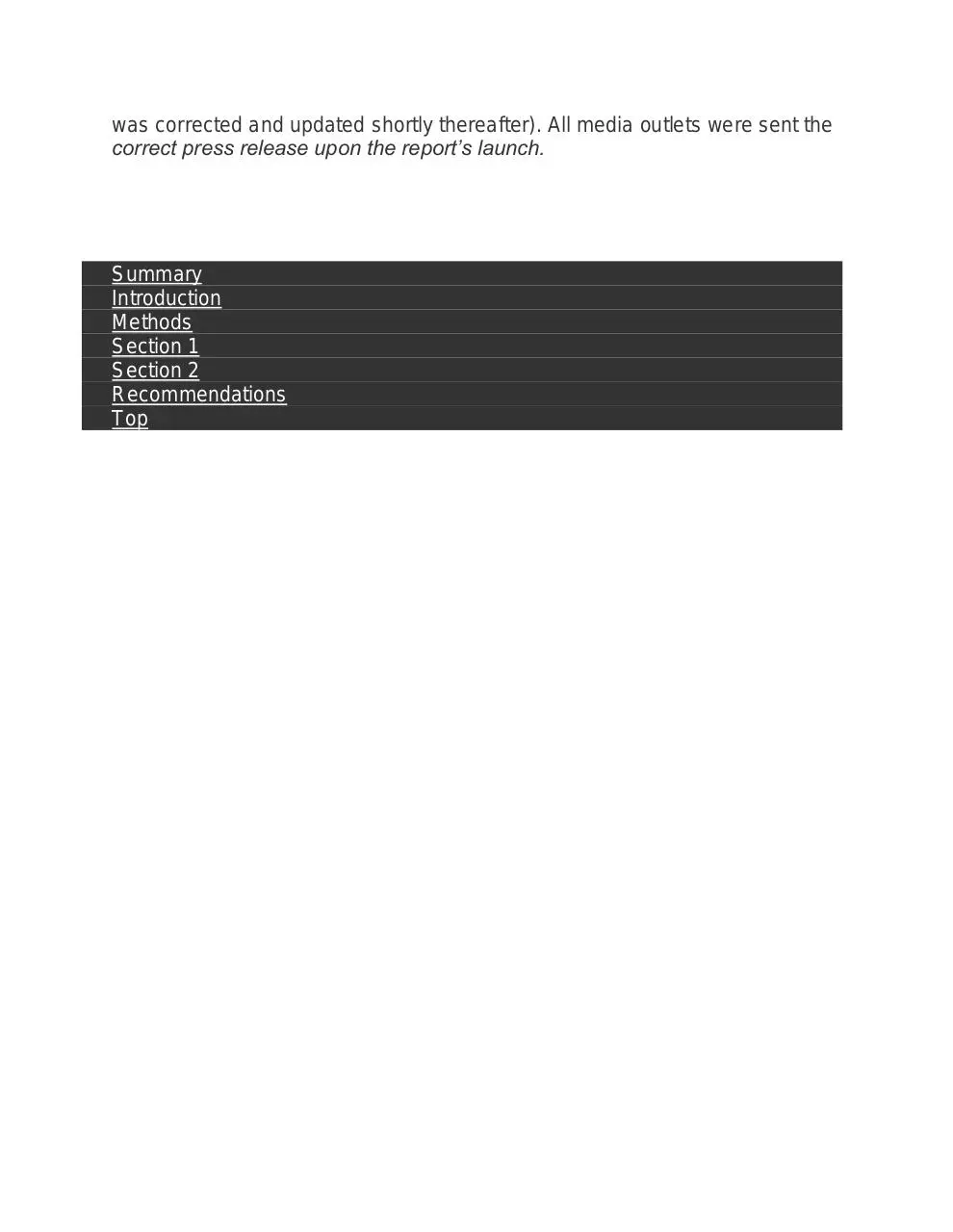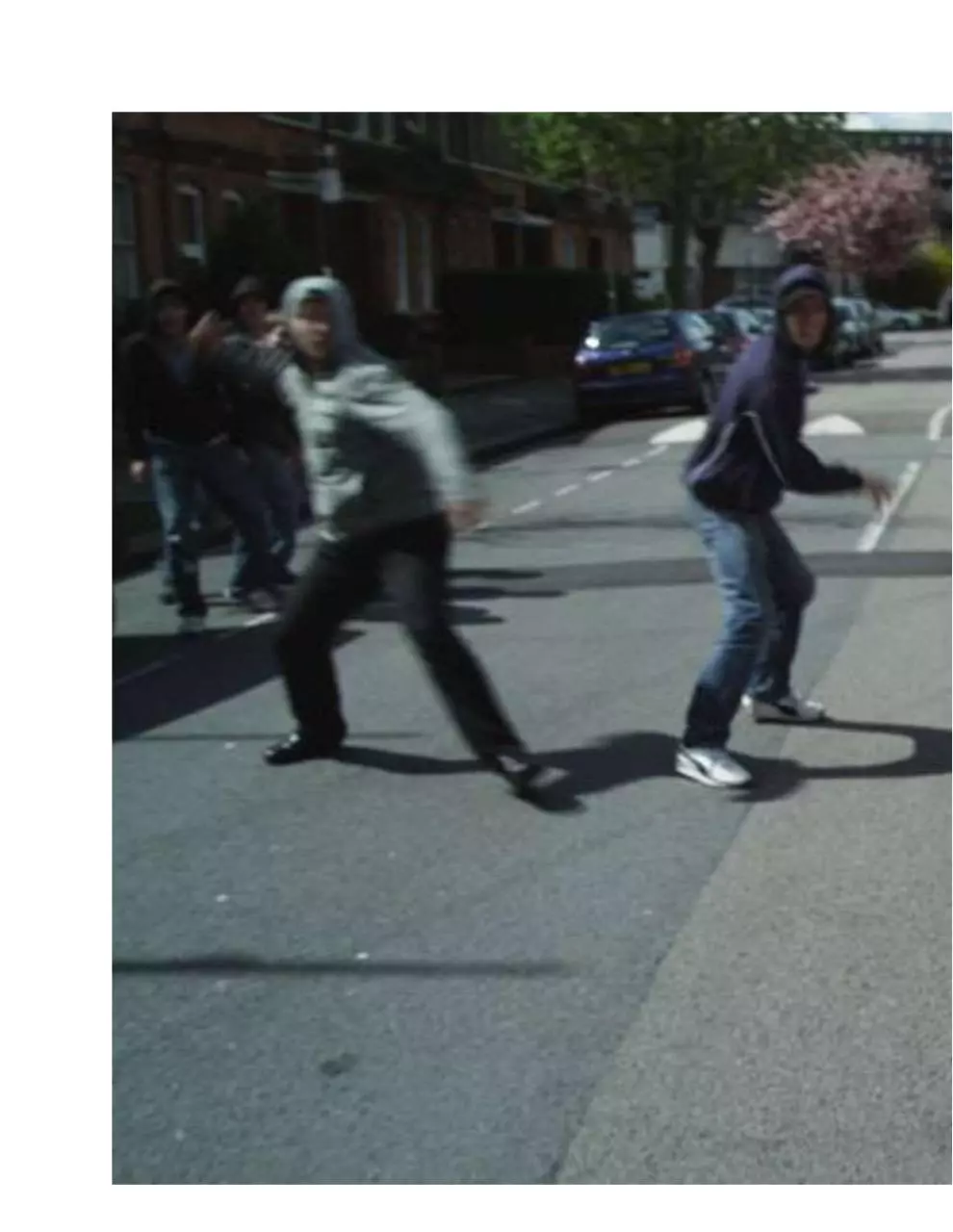By Imran Awan and Irene Zempi (PDF)
File information
Author: martin keaney
This PDF 1.5 document has been generated by Microsoft® Word 2010, and has been sent on pdf-archive.com on 16/12/2016 at 14:09, from IP address 86.143.x.x.
The current document download page has been viewed 577 times.
File size: 4.7 MB (94 pages).
Privacy: public file





File preview
By Imran Awan and Irene Zempi
November 2016
All correspondence about this report should be directed to:
Dr Imran Awan @ImranELSS
Associate Professor in Criminology and Deputy Director of the Centre for
Applied Criminology, Birmingham City University
Dr Irene Zempi @DrIreneZempi
Director of the Nottingham Centre for Bias, Prejudice & Hate Crime, and
Lecturer in Criminology, School of Social Sciences, Nottingham Trent
University
This report is a joint collaboration between the authors, Dr Imran Awan and Dr
Irene Zempi, and HOPE not hate.
The aim of this report is to examine cyber hate speech on social media
(specifically Twitter) in relation to the murder of Jo Cox MP and the EU
Referendum in the United Kingdom (UK) in June 2016.
Evidence shows that hate crime surged in the UK in the following weeks after
the EU Referendum vote, and still remains at significantly higher levels than a
year ago.
Reports of hate crimes have risen 58% in the aftermath of this vote, according
to the National Police Chiefs’ Council (NPCC, 2016)1. Police suggested that
some people had taken the ‘leave’ vote as a ‘licence’ to behave in a racist or
discriminatory way.
Against this background, the authors conducted the first qualitative study of
cyber hate speech on Twitter, focusing on:
cyber hate speech as a result of the murder of British MP Jo Cox by Thomas
Mair
cyber hate speech as a result of the Brexit vote in the EU Referendum in the
UK
The report concludes with recommendations in terms of preventing and
responding to cyber hate speech on Twitter.
Early media reports incorrectly stated that our report claimed there were
50,000 tweets celebrating Jo Cox’s death or praising her killer. We would like
to clarify that our report did not make such a claim, which was linked to one
media story based on an early and erroneous draft of a press release (which
was corrected and updated shortly thereafter). All media outlets were sent the
correct press release upon the report’s launch.
Summary
Introduction
Methods
Section 1
Section 2
Recommendations
Top
Executive Summary
This study examined over 53,000 tweets between June 2016 and July 2016,
following the murder of British MP Jo Cox and the EU Referendum vote.
The top key phrases and hashtags discovered
included: #refugeesnotwelcome; #defendEurope; #whitepower; #MakeBrit
ainwhiteagain; #Stopimmigration; #DeportallMuslims; #Rapefugee and #
BanIslam.
The top 20 words used to describe Thomas Mair and Jo Cox MP included the
terms: Hero, Patriot, White Power, Rapists and Traitor.
A key theme that emerged on Twitter was the depiction of Thomas Mair as a
‘hero’ for murdering Cox. Individuals had tagged pictures in their tweets
praising Mair for killing Jo Cox, using the hashtag #HeroMair.
Thomas Mair was also referred to as a ‘patriot’. Using the
hashtags #VoteLeave and #JoCox, Mair’s killing of Jo Cox was referred to as
a ‘sacrifice’ that should not go in vain and to this end people were encouraged
to vote Leave in the Referendum.
A key theme that emerged on Twitter was the notion that Jo Cox ‘deserved to
die’ because ‘she supported rape gangs’, with references to the child sexual
exploitation scandal in Rotherham, South Yorkshire.
Jo Cox had campaigned for the rights of Syrian refugees in her first year as an
MP. In light of this, she was labelled as a ‘traitor’ and ‘she got what she
deserved’ among Tweets observed. She was also labelled a supporter of
Islamist terrorism.
In the Tweets analysed Muslims were often described as ‘rapists’. Since the
majority of Syrians were Muslims, the inference was that Syrian refugees
were ‘all rapists’.
Hate crimes are message crimes. Cyber hate speech can lead to message
crimes which, in the case of Jo Cox, means that her murder can be used to
send a message that anyone (including politicians) are at risk if they are seen
to be sympathetic towards the victim group.
Cyber hate speech on Twitter also acts as an echo chamber, where hateful
comments are reinforced and can impact upon wider community cohesion.
There is a link between online and offline cyber hate speech. Experiences of
xenophobic hostility lead to communities feeling a sense of fear, insecurity
and vulnerability. It also leads to an increase in offline incidents where both
these ‘trigger’ events (reactions to Jo Cox’s murder and the EU Referendum
process) led to a rise in xenophobia, racism and Islamophobia.
Trigger events in the case of Brexit have continued to spike despite most
trigger events losing momentum within the first few weeks.
Recommendations
1. Social Media Training and Workshop for Schools
The authors argue that for a long-term sustainable change of attitudes, social
media training should be provided for teachers and children in schools which
can help equip young people from an early age in tackling cyber bullying,
cyber harassment and cyber incitement.
2. Counter-Messaging Protocol
The authors feel that in some cases a significant amount of work in relation to
counter-messaging can help create a positive space on social media
platforms such as Twitter.
3. A duty of care for social media platforms
The authors believe that since users must sign up to a code of conduct, social
media companies must also sign up to a specific duty of care and conduct.
4. Social media companies improving their response to online hate
The authors feel that social media companies must be more proactive in
responding to online hate crime. This includes working alongside the Crown
Prosecution Service (CPS) and prosecuting those who are responsible for
posting, sharing and endorsing harmful content.
5. Debating what is Hate Speech and striking the balance with free
speech
The authors believe that there should be a national debate on how we
balance free speech with actual accounts of cyber hate speech.
6. Online archive of hate incidents
The authors argue that an online tool that can help report things directly to the
police through social media networks is important.
7. Improving the lives of victims of online hate crime
The authors feel that much of the discourse about online hate ignores the role
of victims and much more can be done by relevant stakeholders when
considering online hate impacts.
Summary
Introduction
Methods
Section 1
Section 2
Recommendations
Top
Introduction
In the summer of 2016, Britain was gripped in a climate of fear and hostility,
following the murder of British MP Jo Cox2.
A week after her death, the UK was involved in a referendum vote to decide
on the UK’s future in the European Union (EU)3.
As this report will highlight, both these incidents led to a rise in the levels of
hate crime, Islamophobia, racism and xenophobia, both online and offline.
For example, in August 2016, six teenage boys were arrested in Harlow,
Essex, after Polish immigrant Arkadiusz Jóźwik died following a brutal street
attack which his brother said began after he was heard speaking Polish in the
street.4
The decision to leave the EU in some cases emboldened people to express
their feelings of hate and ‘legitimised’ the prejudice that they had by
empowering them to express and verbalise those feelings both in the cyber
world but also in ‘real’ life.
However, in the UK, issues and concerns around immigration and the EU
have a long history and are not confined to simply the EU Referendum vote.
According to the British Social Attitudes survey in 20135 over 56% people
wanted immigration to be ‘reduced a lot’ and the Transatlantic Trends
(2014)6 survey found similar concerns, which people had about the levels of
immigration from within and outside the EU.
Research indicates that hate crimes spike following ‘trigger’ events (Burnap
and Williams, 20167; King and Sutton, 20138). Correspondingly, our study data
was collected from Twitter for a period immediately following two selected
‘trigger’ events.
Specifically, the selected ‘trigger’ events were the murder of British MP Jo Cox
by Thomas Mair, and the EU Referendum in the UK.
As such, we examined cyber hate crime on Twitter focusing on:
Cyber hate speech as a result of the murder of Jo Cox
Cyber hate speech as a result of the Brexit vote in the EU referendum in the
UK
We selected Twitter as our data source because Twitter differs from other
online social networks, such as Facebook and Google+, in the sense that
Twitter posts are largely public, programmatically accessible, and free to
academic researchers (Burnap and Williams, 2016). Twitter effectively
supports a digital agora that promotes real-time interactive exchange of
thoughts, opinions and beliefs, making it a defensible and well-suited source
for data for this research (Burnap and Williams, 2016). The methodology
employed in this study is outlined in more detail below.
Summary
Introduction
Methods
Section 1
Section 2
Recommendations
Top
Download By Imran Awan and Irene Zempi
By Imran Awan and Irene Zempi.pdf (PDF, 4.7 MB)
Download PDF
Share this file on social networks
Link to this page
Permanent link
Use the permanent link to the download page to share your document on Facebook, Twitter, LinkedIn, or directly with a contact by e-Mail, Messenger, Whatsapp, Line..
Short link
Use the short link to share your document on Twitter or by text message (SMS)
HTML Code
Copy the following HTML code to share your document on a Website or Blog
QR Code to this page

This file has been shared publicly by a user of PDF Archive.
Document ID: 0000523180.